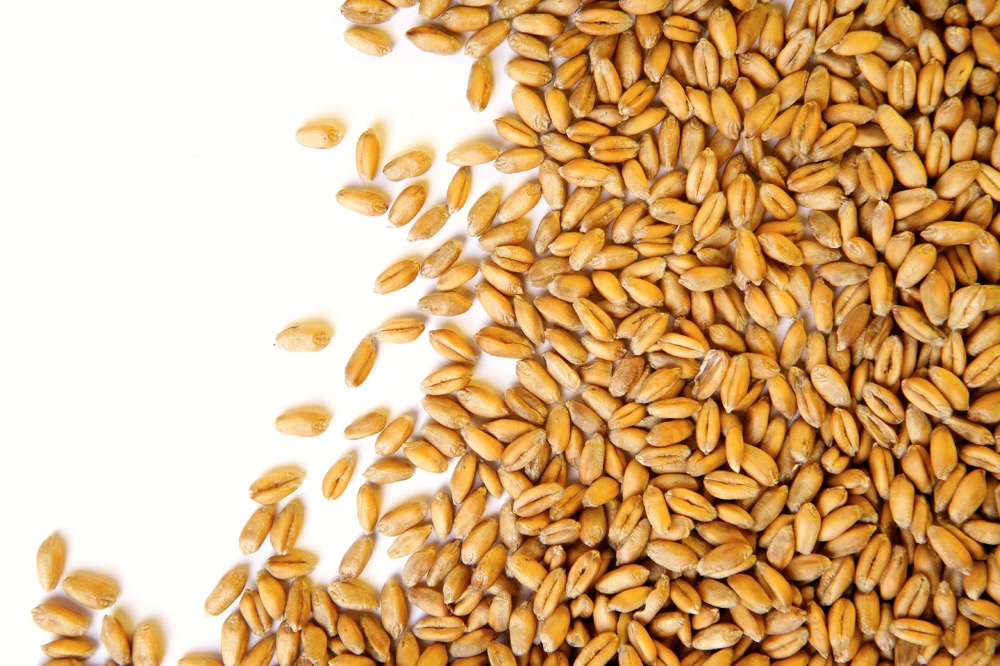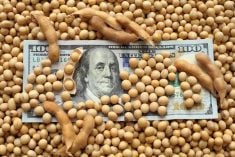Chicago | Reuters — U.S. hog futures tumbled by the daily trading limit to a three-week low on Friday as rising geopolitical tensions in the Middle East triggered profit-taking, analysts said.
Losses hit markets after a U.S. air strike in Iraq killed Iran’s most prominent military commander, rattling traders of products from agricultural futures to equities.
The strike temporarily overshadowed expectations for increased Chinese buying of U.S. pork. China, the world’s largest pork consumer, committed to buying more U.S. farm good as part of a Phase 1 trade deal the countries struck last month. The deal has not yet been signed, though, and details have not been announced.
Read Also

IGC raises 2025/26 world wheat crop forecast
The International Grains Council has raised its forecast for 2025/26 global wheat production with crop outlooks upgraded for Russia, the United States and Argentina.
Traders are paying close attention to Chinese purchases because China is facing a meat shortage caused by a fatal pig disease that has decimated its herd. The disease, African swine fever, has also infected hogs in other parts of Asia and Europe, including Bulgaria.
China bought 9,741 tonnes of U.S. pork for delivery in 2020 from Dec. 20 to 26 and also canceled purchases of 13,258 tonnes for delivery in 2019, the USDA said in a weekly report. Shipments over the same period were 10,404 tonnes, the lowest since late October.
“The hog market anymore is, ‘Let’s see what weekly export sales and shipments are,'” a commodities broker said. “For a holiday week, they were respectable.”
Most actively traded February lean hog futures dropped the daily three-cent limit to 68.55 cents/lb. at the Chicago Mercantile Exchange (all figures US$). The contract reached its lowest price since Dec. 12, a day after touching a seven-week high. The CME on Monday will temporarily expand the market’s daily limit to 4.5 cents.
Selling also hit beef markets, with most actively traded February live cattle futures falling 1.05 cents to 124.725 cents/lb. at the CME. March feeder cattle futures slid 1.05 cents to 142.675 cents/lb.
U.S. supplies of the livestock are ample. Meat packers slaughtered an estimated 122,000 cattle, up from 119,000 head a year earlier, and 493,000 hogs, up from 478,000 a year ago, according to USDA.
In the cash market for pork, prices increased for carcasses and hams, but weakened for loins, butts and ribs, USDA said.
— Tom Polansek reports on agriculture and ag commodities for Reuters from Chicago.











